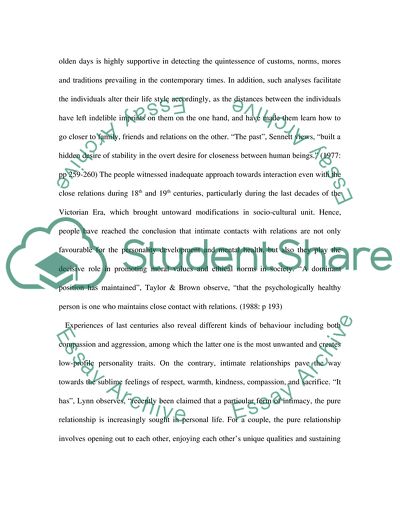Cite this document
(The End of Public Culture by Richard Sennett Literature review, n.d.)
The End of Public Culture by Richard Sennett Literature review. Retrieved from https://studentshare.org/sociology/1548325-sociology-written-review-1000-words-premium-writer-needed-major-in-sociology
The End of Public Culture by Richard Sennett Literature review. Retrieved from https://studentshare.org/sociology/1548325-sociology-written-review-1000-words-premium-writer-needed-major-in-sociology
(The End of Public Culture by Richard Sennett Literature Review)
The End of Public Culture by Richard Sennett Literature Review. https://studentshare.org/sociology/1548325-sociology-written-review-1000-words-premium-writer-needed-major-in-sociology.
The End of Public Culture by Richard Sennett Literature Review. https://studentshare.org/sociology/1548325-sociology-written-review-1000-words-premium-writer-needed-major-in-sociology.
“The End of Public Culture by Richard Sennett Literature Review”, n.d. https://studentshare.org/sociology/1548325-sociology-written-review-1000-words-premium-writer-needed-major-in-sociology.


